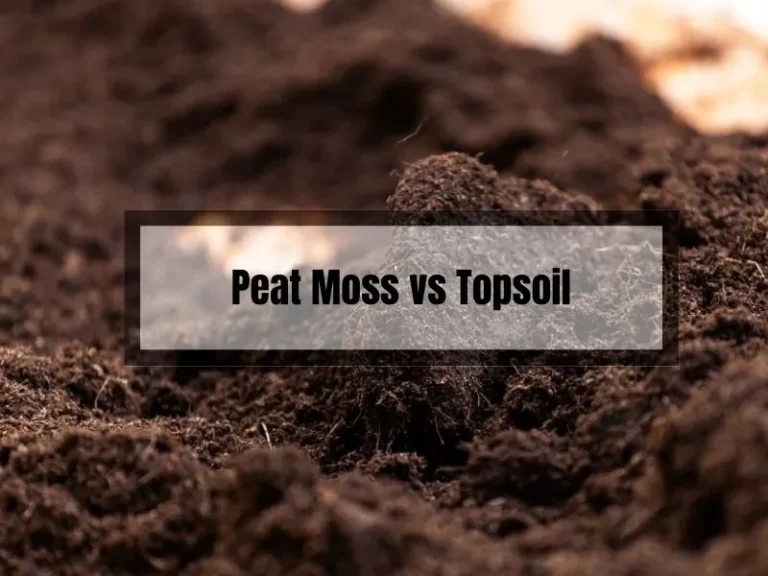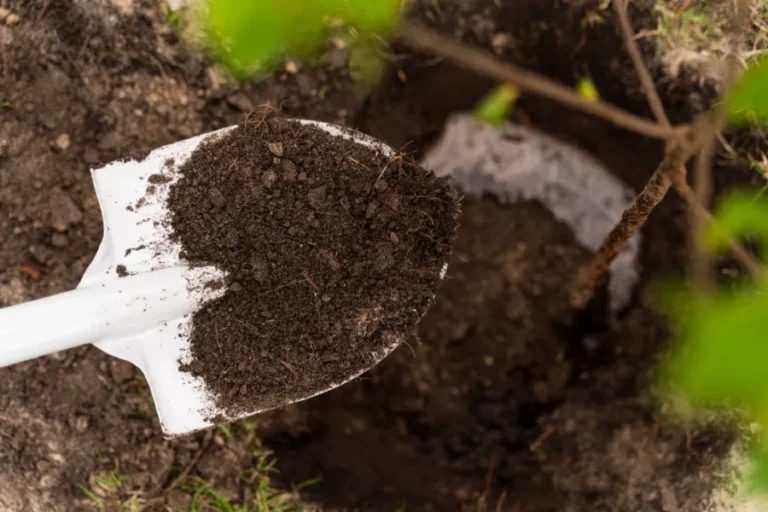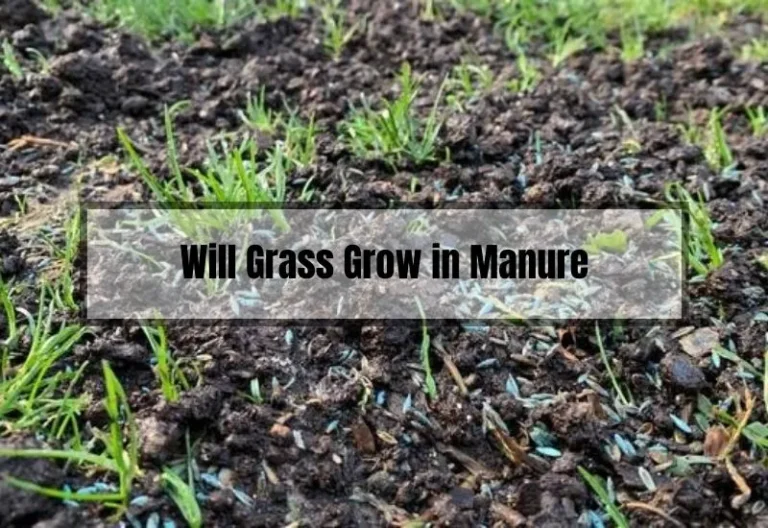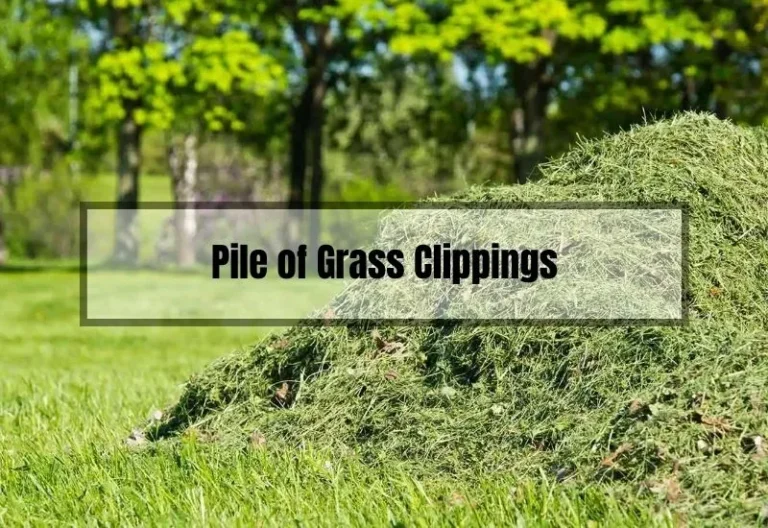Miracle-Gro for Rhubarb: What You Need to Know
Attention all green thumbs! Have you been wondering how to get the most out of your rhubarb plants? Look no further than the powerful, water-soluble fertilizer known as Miracle-Gro.
But before you start using it, there are a few things you need to know. In this article, we’ll explore the dos and don’ts of using Miracle-Gro on rhubarb, as well as other fertilizers and tips to help you grow the healthiest, most delicious rhubarb around.
Whether you’re a seasoned gardener or just starting out, read on to discover the secrets to successful rhubarb cultivation.

Can You Use Miracle Grow on Rhubarb?
If you’re a gardener, you know that rhubarb is a plant that requires a lot of nutrients to grow well. If you’re looking for a fertilizer to use on your rhubarb, you may be wondering if Miracle-Gro is a good option. In short, the answer is yes. Miracle-Gro is a water-soluble synthetic fertilizer that is excellent for use on rhubarb.
One of the benefits of using Miracle-Gro on rhubarb is that it is rich in nitrogen. Nitrogen is an essential nutrient for plant growth, and it is responsible for the green color in plants. Rhubarb needs a lot of nitrogen to grow well, so using Miracle-Gro can help ensure that your rhubarb plant has enough of this important nutrient.
While Miracle-Gro is not a balanced fertilizer like 10-10-10 fertilizer, it is still an excellent option for rhubarb. Miracle-Gro is high in nitrogen and potassium but contains relatively little phosphorus. This means that if you’re looking for a phosphorus-rich fertilizer, Miracle-Gro may not be the best option for you. However, if you’re looking for a nitrogen-rich fertilizer, Miracle-Gro is an excellent choice.
If you prefer to use organic fertilizers on your rhubarb, there are several options available. Compost and manure are both excellent sources of nutrients for rhubarb, and they are also organic. In addition, there are several organic fertilizers on the market that are specifically designed for use on rhubarb.
How to Use Miracle-Gro on Rhubarb
Now that we’re on board with our team, let’s talk tactics. It’s not just about if you can use Miracle-Gro on rhubarb, it’s also about how.
Frequency of Application
In my experience, less is more when it comes to feeding your rhubarb. A hearty feed in early spring gives it that initial boost, and then maybe one more during the growing season. Any more, and it might be a bit too much of a good thing.
Correct Dosage for Rhubarb
The back of the Miracle-Gro package isn’t just for show, people. It’s got instructions that you’d do well to follow – seriously, too much Miracle-Gro can be a problem. Mix as directed, apply around the base of the plant, and water in well.
Planting Rhubarb
Rhubarb plants are a perennial vegetable, which means that they will come back year after year if you take care of them properly. When planting rhubarb, it’s important to choose a location that receives full sun and has well-drained soil with a pH level between 6.0 and 6.8. You should also make sure to plant your rhubarb crowns in early spring, as this will give them plenty of time to establish themselves before the growing season begins.
To plant your rhubarb crowns, dig a hole that is deep enough to accommodate the entire crown and wide enough to allow room for new growth. Place the crown in the hole so that the top is level with the soil, then backfill the hole with soil and water thoroughly.
Fertilizing Rhubarb
Rhubarb plants are heavy feeders, which means that they require a lot of nutrients to support their growth. To ensure that your rhubarb plants are getting the essential nutrients they need, you should fertilize them annually in early spring before new growth begins.
There are a variety of organic and synthetic fertilizers that are suitable for rhubarb plants, including rotted manure, composted manure, and commercial fertilizers like Miracle-Gro. When applying fertilizer, be sure to follow the manufacturer’s instructions carefully and avoid getting any fertilizer directly on the crown of the plant.
Watering Rhubarb
Rhubarb plants require regular watering to ensure that they stay healthy and produce a good yield of stalks. During the growing season, you should water your rhubarb plants deeply once a week, making sure to soak the soil to a depth of at least 6 inches.
To water your rhubarb plants, you can use a watering can or a hose with a gentle spray nozzle. Be sure to water the plants at the base rather than from above, as this will help to prevent moisture from accumulating on the leaves and causing rot.
Harvesting Rhubarb
Rhubarb plants typically produce their first stalks in late spring or early summer, depending on your climate. You can harvest the stalks when they are about 10-15 inches long and have a diameter of at least 1 inch.
To harvest rhubarb, simply grasp the stalk near the base and pull it gently upwards and to one side. Be sure to leave at least a few stalks on the plant to allow for new growth.
You can continue to harvest rhubarb throughout the growing season, but you should stop harvesting by late June to allow the plant to rest and produce new growth for the next year.
Diseases and Pests
Rhubarb plants are generally hardy and disease-resistant, but they can still be susceptible to certain diseases and pests. In this section, we’ll cover some of the most common issues that can affect your rhubarb plants and how to prevent and treat them.
Common Diseases
The most common diseases that can affect rhubarb plants are fungal infections. Here are some of the most common fungal diseases that can affect rhubarb:
- Leaf Spot: This disease causes brown or purple spots on the leaves of the plant. It is caused by a fungus and can spread quickly if not treated.
- Crown Rot: This disease can be caused by a variety of fungi and can cause the crown of the plant to rot. This can lead to stunted growth and eventually death of the plant.
- Root Rot: This disease is caused by a fungus that attacks the roots of the plant. It can cause the plant to wilt and eventually die.
Preventing and Treating Diseases and Pests
Preventing diseases and pests is the best way to keep your rhubarb plants healthy. Here are some tips on how to prevent and treat diseases and pests:
- Good Drainage: Rhubarb plants need good drainage to prevent root rot. Make sure the soil is well-draining and add organic material like compost to improve drainage.
- Cleanliness: Keep the area around your rhubarb plants clean and free of debris. This will help prevent fungal infections from spreading.
- Miracle-Gro Fertilizer: Miracle-Gro fertilizer can be used on rhubarb plants, but it should be used sparingly. Too much fertilizer can cause the plants to grow too quickly and become more susceptible to disease and pests.
- Blood Meal: Blood meal is a natural fertilizer that can help prevent fungal infections. It contains nitrogen, which helps strengthen the plant’s immune system.
- Broccoli: Planting broccoli near your rhubarb plants can help prevent pests like aphids and spider mites. These pests are attracted to broccoli and will leave your rhubarb plants alone.
If you do notice signs of disease or pests on your rhubarb plants, it’s important to act quickly. Remove any infected leaves or plants and treat the remaining plants with a fungicide or insecticide. Following these tips will help keep your rhubarb plants healthy and thriving.
Alternatives to Miracle-Gro for Rhubarb
While Miracle-Gro is pretty great, it’s not the only game in town. There are other ways to feed your rhubarb, each with their own perks.
Compost and Manure
There’s nothing quite like good old compost or manure. It’s like home cooking for plants – wholesome and nutritious. Plus, it improves the soil structure – it’s a win-win!
Organic Fertilizers
If you’re looking for something a bit more eco-friendly, organic fertilizers are a good shout. They’re slow-release, feeding your plants over a longer period and improving soil health in the process.
And that’s the dirt on using Miracle-Gro for your rhubarb! Keep your plants happy, your soil healthy, and always remember to enjoy the process. And hey, if you have any questions, don’t hesitate to drop them in the comments below. I’d love to share more of my experiences with you. Until next time, happy gardening!
FAQs
Can You Use Miracle Grow on Rhubarb?
Yes, you can use Miracle Grow on rhubarb. Miracle Grow is a water-soluble fertilizer that provides essential nutrients to rhubarb plants. It is a synthetic fertilizer that contains nitrogen, phosphorus, and potassium, which are essential for plant growth. Miracle Grow is an all-purpose fertilizer that can be used on all types of plants, including rhubarb.
When Should You Plant Rhubarb?
Rhubarb is a perennial vegetable that is best planted in early spring. It is important to plant rhubarb crowns in well-drained soil with a pH between 6.0 and 6.8. Rhubarb requires full sun and good drainage to thrive. It is also important to add organic material such as compost or manure to the soil before planting.
How Often Should You Water Rhubarb?
Rhubarb requires consistent moisture to grow well. It is important to water rhubarb deeply once a week, especially during dry periods. You can use a watering can or a hose to water rhubarb. It is also important to mulch around the plants to retain moisture in the soil.
When Is Rhubarb Ready to Harvest?
Rhubarb is ready to harvest in late May or early June. You can harvest rhubarb by pulling the stalks gently from the plant. It is important to only harvest green-stalked rhubarb and leave the red stalks on the plant. Harvesting rhubarb will encourage new growth and increase the yield.
How Do You Prevent Diseases and Pests in Rhubarb?
To prevent diseases and pests in rhubarb, it is important to maintain good drainage and avoid overwatering. You can also apply a balanced fertilizer such as 10-10-10 or a phosphorus-rich fertilizer in early spring to promote healthy growth. Inorganic fertilizers such as Miracle Grow can also be used, but it is important to follow the instructions on the package carefully. To prevent pests, you can use organic methods such as blood meal or broccoli to repel insects.
Conclusion
And there you have it, gardening friends! Using Miracle-Gro on your rhubarb plants can lead to impressive results, but only if used correctly.
Remember to follow the instructions carefully, use the appropriate amount for your plant’s size and growth stage, and supplement with other organic soil-building methods. With these tips in mind, your rhubarb plants are sure to thrive and produce a bountiful harvest. Happy gardening!
Related Posts:





